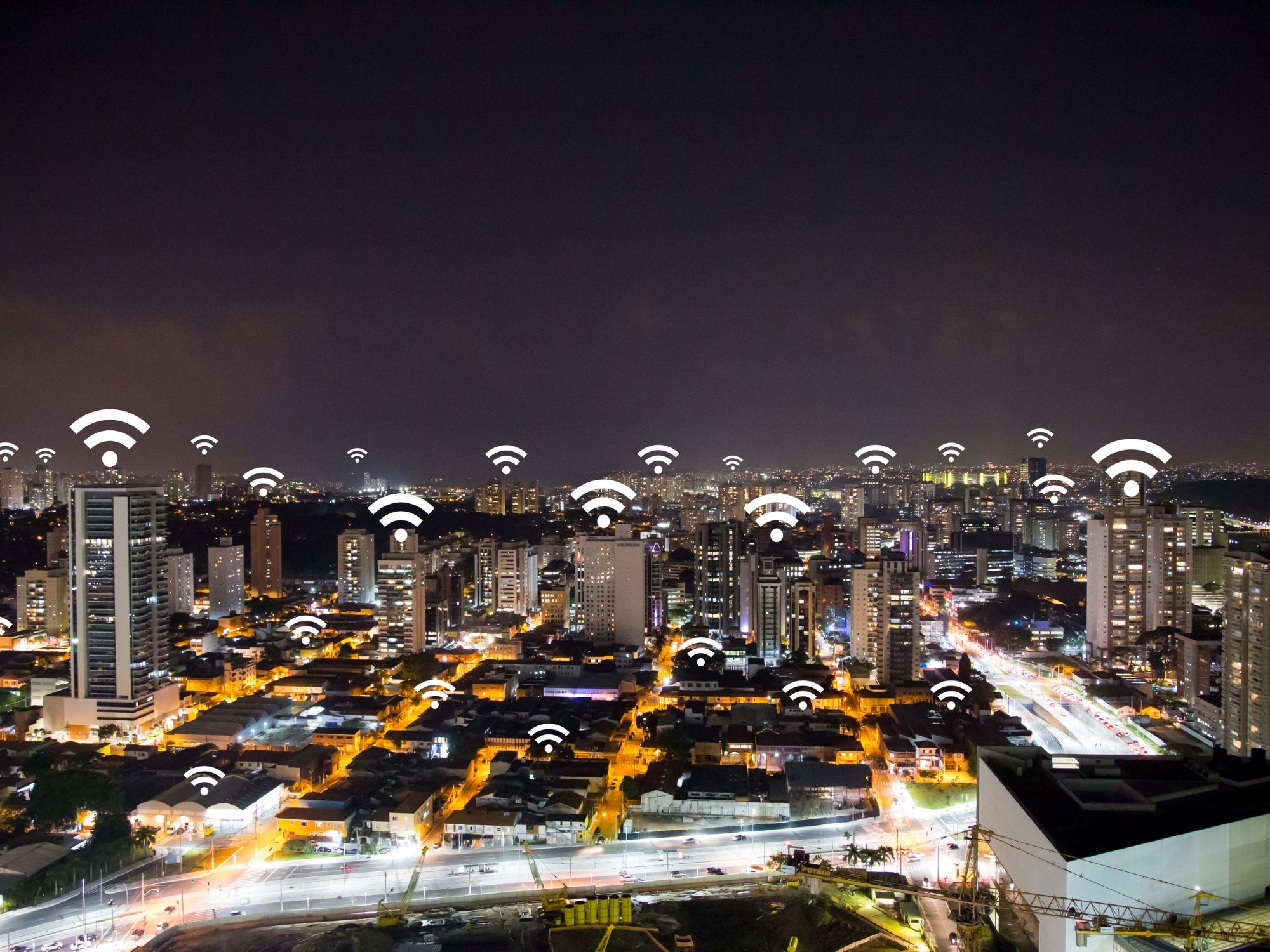
If the last eighteen months have shown us anything, it’s that residential broadband internet has gone from being a luxury to a necessity.
As remote learning and working from home have normalized, internet service providers (ISPs) have their work cut out to ensure everybody can stay online. Here’s a retrospective look at how they handled broadband spikes during the pandemic and how they’ve prepared for a future of high traffic and high demand.
Early Days of Internet Usage Spikes
In early 2020, organizations feared that the pandemic would cause disruptions with the internet. ISPs experienced as much as 60% more internet traffic than before the outbreak, testing the resilience and capability of their broadband networks to the limit.
Telecommunications giant Verizon saw collaboration tools and virtual private network traffic increase 47% and 52%, respectively. Similarly, AT&T saw Wi-Fi call minutes rise 75% and core network traffic increase 23%. People also increased their usage of Zoom, Google Meet, and Skype considerably, with Nokia reporting that video conferencing traffic was up 700% in the United States.
As internet traffic increased and moved rapidly to residential networks, regional ISPs had little time to react. Beginning in March 2020, it was becoming common for individuals to experience home network latency as businesses transitioned to adapt to sweeping stay-at-home orders across the country by sending their workforce home.
Challenges of Pandemic Traffic
In the height of lockdowns and stay-at-home orders, people were demanding more capacity and speed than ever before, allowing them to work, attend virtual meetings, download files, remote learning, and stream content from home reliably, securely, and without disruption.
Most networks quickly made adjustments and enhancements to their network and architecture. However, this was not a one-size-fits-all solution due to the inherent complexities of network coverage by carrier. For instance, a residential ISP in a dense metropolitan area may have different technology available than in a rural area where they are dependent on local exchange carriers, causing unique issues for each company.
Slow speeds were generally of more significant impact to those with poor connections. For example, while somebody with 100Mbps can stream content, work, and make video calls without noticing much difference, somebody with 10Mbps speeds might only be able to manage one task at a time. To overcome this issue, companies like Amazon, YouTube, and Netflix reduced the quality of their streaming services to enable more users to enjoy their services while simultaneously easing the pressure on telecommunication networks, a strategy that proved to be a short-term, a win, win, win!
Financially, telcos also lost roaming revenues for mobile voice and mobile data services—with fewer people traveling abroad, this revenue stream was slashed to almost zero. Still, there has been an increased demand for corporate network services and mobile networks. Plus, most ISPs have established pandemic-specific policies and procedures that will help to maintain their essential services and products, giving them the agility to support residential “whales” that still requires the extra bandwidth.
Enhancing the Customer Journey
Since the early days of the pandemic, telecom operators have been focusing heavily on digital transformation. As a result, most customer interactions remain online or over the phone, with fewer customers foot traffic in physical stores and outlets. According to Deloitte, several telecom operators have doubled or tripled their digital customer interactions since the pandemic began.
To offset some of the other crisis challenges, telecom operators are supporting their consumer and enterprise customers by offering additional services and benefits. For instance, some provide free pay-tv channels, while others are doubling mobile data allowances or offering unlimited data services. This strategy shows a recognition of the increased importance of residential consumers and a dedication to continuing serving high levels of demand from work-at-home professionals at an affordable cost.
Working from Home as a Way of Life
Like organizations in most industries, the pandemic forced telecom providers to send their employee’s home. This move included the challenge of migrating thousands of outsourced customer experience agents, around the world, to a work-at-home environment. Unfortunately, for many companies, achieving a seamless integration of the work-at-home environment with in-house call center systems and processes was an uphill battle—and still is today in many cases.
Still, many telcos have prioritized corporate network traffic to facilitate remote working and keep vital processes going, as well as re-scheduling maintenance and product software updates to avoid unwanted disruptions in homes, neighborhoods, or office buildings. For work-at-home employees, this means reliable, fast residential connections for the foreseeable future for millions of American homes that will no longer be limited to major metropolitan areas.
—